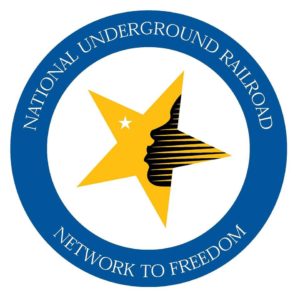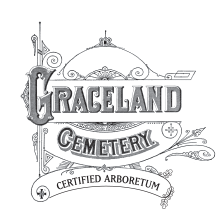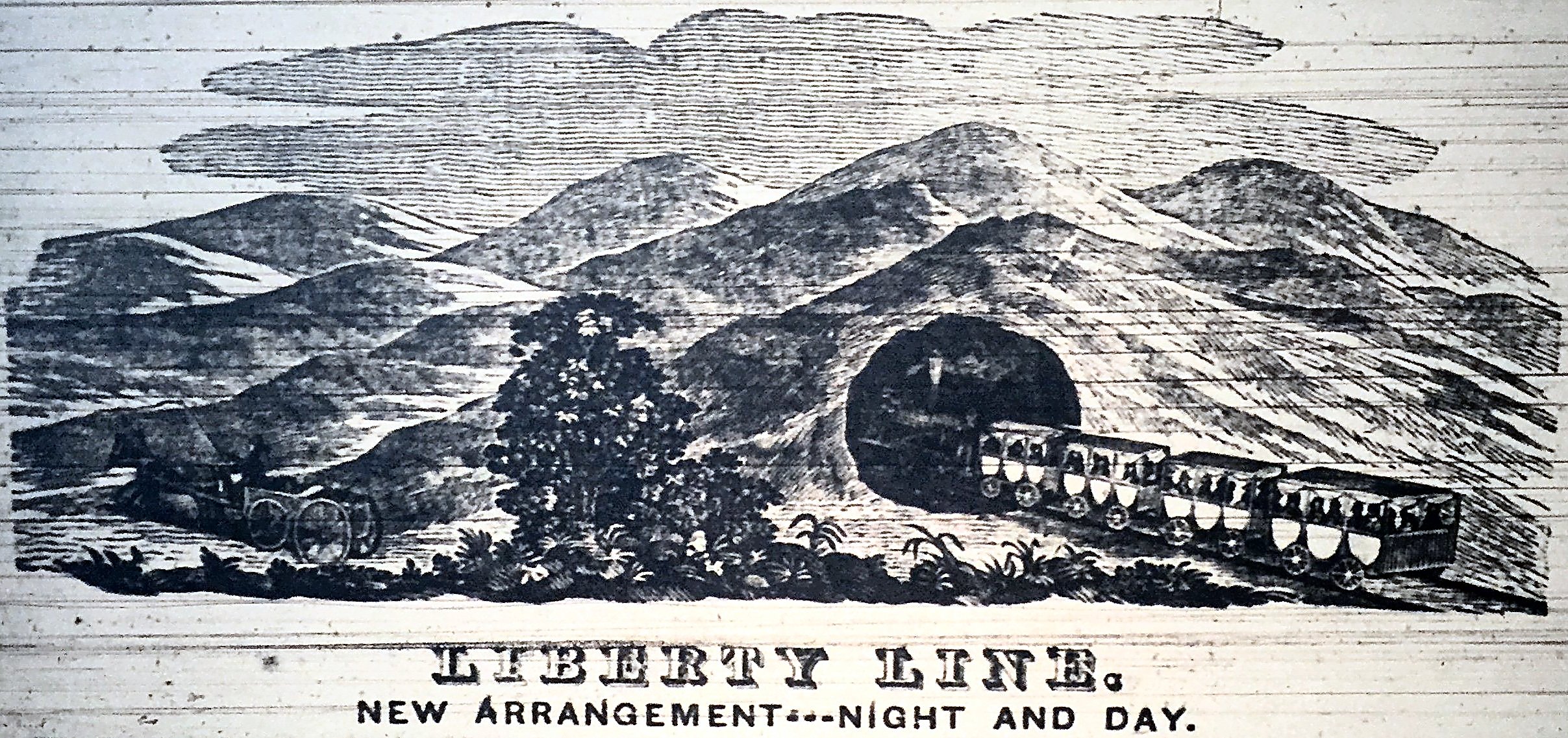Below are Stories of the UGRR involving Graceland Activists
1842: A man from Downer's Grove stopped at the home of Philo and Ann Carpenter on the way to see his son in Chicago, with four freedom seekers hidden in his wagon. The Carpenters sheltered and fed them and put them on a boat for Canada the next day. Another time, the Carpenters sheltered a husband and wife brought to them from Kane County. Ann was worried that their house was being watched. With the help of Black activists and a band of armed men, the couple was driven to the lakeside in a covered wagon and put on board a lumber boat.
1842: A Black laborer named Edwin Heathcock was accused by a white man of not having freedom papers. The sheriff arrested him and advertised that he would be auctioned off to pay court costs. Activists posted a flyer with the day and time of the auction up and down Clark Street. When the time came, an angry crowd refused to place bids. Then businessman Mahon Dickerson Ogden bid 25 cents, handed the sheriff a quarter, and told Heathcock he was free. Twenty years later Heathcock joined the Union Army.
1843: Julius Alphonzo Willard and his son Samuel Willard were arrested, convicted, and fined for trying to help a woman escape. In 2014 they were posthumously exonerated.
1843: Abolitionist Owen Lovejoy was acquitted in 1843 for sheltering two women with help from attorney James H. Collins. Before returning to Chicago, Collins volunteered to defend a church deacon on a similar charge, with John M. Wilson assisting, but charges were dropped when those pressing the complaint felt ashamed about proceeding.
1845: John and Mary Jones took in three girls who had arrived from Missouri in a wagon covered in straw. The girls stayed until spring and were then sent on to Canada. One of them later returned to Chicago, and one of her daughters lived with the Joneses for five years and became a teacher.
1846: Three free Black men were falsely accused of being escapees from Missouri. A huge crowd surrounded the courtroom where James H. Collins and L. C. Paine Freer were to defend them. The crowd rushed the door, and the men used the commotion to get away.
1846-47: Quinn Chapel, Chicago's first A.M.E. congregation, opened its doors at Jackson and Dearborn and became a hub of UGRR activity because of work by activists like Emma Jane Gordon Atkinson and Isaac Atkinson.
1850: Xenia Baptist Church (later named Olivet) formed at Buffalo and Taylor Streets, and its members included some of the most active UGRR activists, including John and Mary Jones, and Henry and Ailey Bradford.
1850: After Congress passed the Fugitive Slave Law, a large crowd led by John Jones and Henry Bradford gathered at Quinn Chapel. The community formed a Vigilance Committee to patrol the streets every night on the lookout for slave-catchers and asked white Chicagoans to assist them.
1851: John Jones, Henry Bradford, and others organized a Freemasons Lodge called the North Star Lodge. It probably helped them communicate with similar lodges in other states about freedom seekers heading north. Joseph H. Hudlun was also a member.
1851: Moses Johnson was the first Chicagoan charged under the new Fugitive Slave Law, and thousands filled the streets to protest. George Manierre, Edwin Channing Larned, L. C. Paine Freer, and John M. Wilson were on the defense team. Johnson was acquitted when it became clear that his appearance didn't match the pursuer's description. The crowd hurried Johnson to safety. Chicago historian A. T. Andreas wrote that if the decision had gone the other way, Johnson would still have escaped because the Underground Railroad was so active in the City.
1852: John Jones and L. C. Paine Freer helped free a man named Albert Pettit who had escaped from Tennessee. In order to satisfy Pettit's former enslaver, they raised a large amount of money from the community, and Freer drew up a legal document to prove Pettit's freedom.
1850s: The pace of freedom seekers arriving sped up, sometimes dozens per day, hundreds per week, thanks to improved transportation.
1857: A white farmer brought his Black teenage ward to Chicago on their way to his home southwest of the City. A false rumor spread that the boy was going to be sold, and the streets filled with angry citizens. After investigating, Allan Pinkerton begged the crowd to let them continue, but they refused to listen, not knowing he was a UGRR activist. He used a subterfuge to help the two go on their way.
1859: Abolitionist John Brown stopped in Chicago with his sons, helpers, and 12 freedom seekers from Missouri. The white men stayed in the home of John and Mary Jones, where they were visited by attorneys James H. Collins and L. C. Paine Freer. The freedom seekers were hidden in a mill while Allan Pinkerton arranged with Charles G. Hammond for their transportation by train to Detroit. Pinkerton raised money for their train fare from John M. Wilson and George Manierre among others.
1859-1860: Three white abolitionists helped a man named Jim Gray escape from a courtroom in Ottawa, Illinois. Gray reached Chicago, where Philo Carpenter sent him on to Canada. The three men were arrested and tried in Chicago, where they were defended by Isaac N. Arnold and Edwin Channing Larned. Only one of them served jail time, and Chicagoans, including the Mayor, treated him like a hero with "days of banqueting."
1861: Emily Stearns Hatch Roy and her husband, Rev. Joseph Edwin Roy, were living in a hotel on State Street. The hotel cook had purchased his freedom, and his wife worked in the hotel laundry. A US Marshal came to take her into custody, and Emily hid her in a large closet and put a desk in front of the door. While Emily sat calmly sewing, the Marshal's bloodhound tracked the woman to the desk, but the Marshal couldn't see a hiding place and left. The Roys hid the woman until they could get her out of Chicago.
1861: Seth Paine became a Union spy during the Civil War, working for Allan Pinkerton, who considered him one of his best agents behind enemy lines.
To read more about the UGRR activists buried at Graceland, click this link (Underground Railroad Activists).


